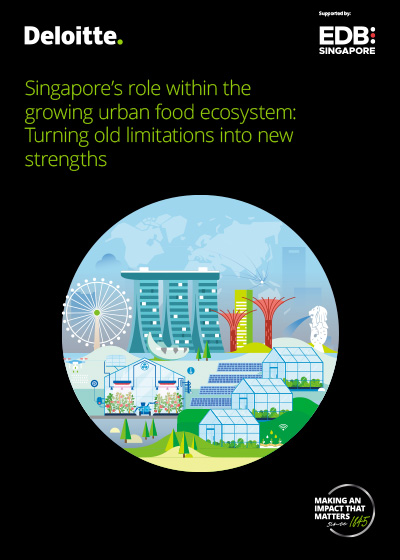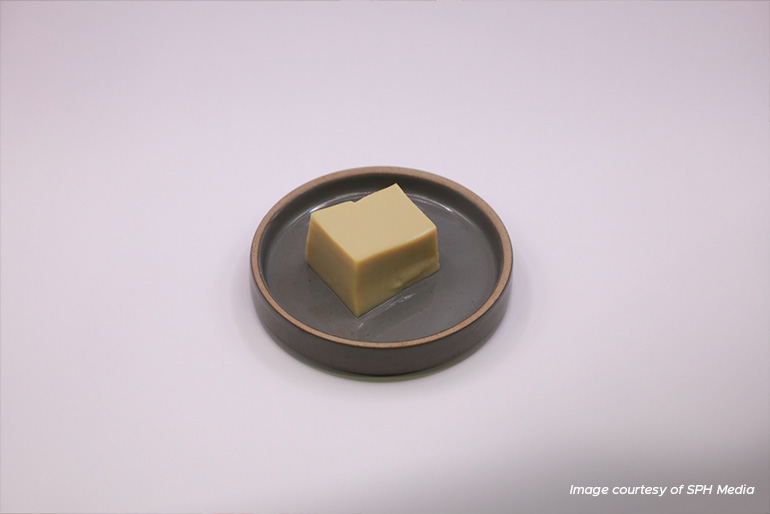One project involves creating plant-based “salmon” flakes using soya and chickpea proteins to approximate the texture, taste and nutritional value of the real thing. The team is refining the product and the institute is looking for potential partners to bring the flakes to market.
The institute also has two spin-off companies that are commercialising its food innovations.
One is Nutriient, launched in 2021 by the institute and home-grown venture Co-Creator firm Origgin, to address the rising rates of diabetes in Singapore.
Its current offering is called Low GI Oat Cookie, a low glycaemic index cookie and cookie premix. The cookie has the crunch of a regular oatmeal cookie, but is formulated to improve gut health and slow down spikes in blood sugar levels.
The company will be working with confectionery, baked goods and beverage manufacturers in Singapore, before tackling the wider Southeast Asian market.
For now, the cookies are available from nutriient.sg, although the company will take only bulk orders of at least 30 cookies, each priced at $3.46.
Another spin-off is Noba, which develops healthy noodle formulations for food manufacturers here and overseas. It has a licensing agreement with investment and advisory firm Hafnium to commercialise a low-calorie noodle developed by the institute. The product, made with plant-based ingredients, is high in dietary fibre and has the taste and texture of the yellow noodles commonly eaten in Asia.
Here are three other projects the institute is working on.
Protein pudding
It jiggles like tofu and is soft like tofu, but contains double the amount of protein. The institute developed the protein-rich food for the elderly and hospital patients, who need light, soft and nutritious diets.
Dr Shaun Sim, 33, Junior Principal Investigator, makes these puddings by putting lentil protein, water or plant-based milk, and vegetable oil for creaminess through High Pressure Processing.
The process uses pressure instead of heat to remove micro-organisms that spoil food. Turns out, it can also make protein-rich, tofu-like puddings.














